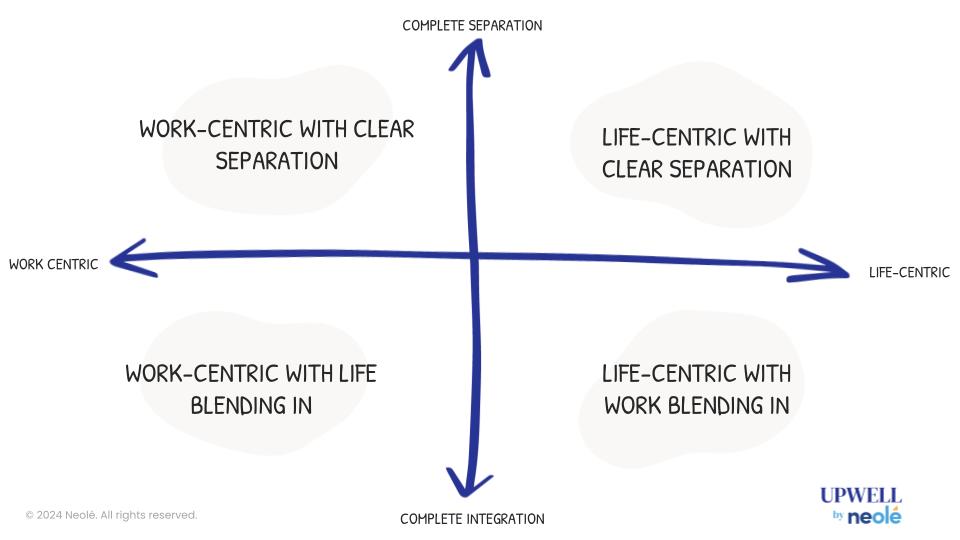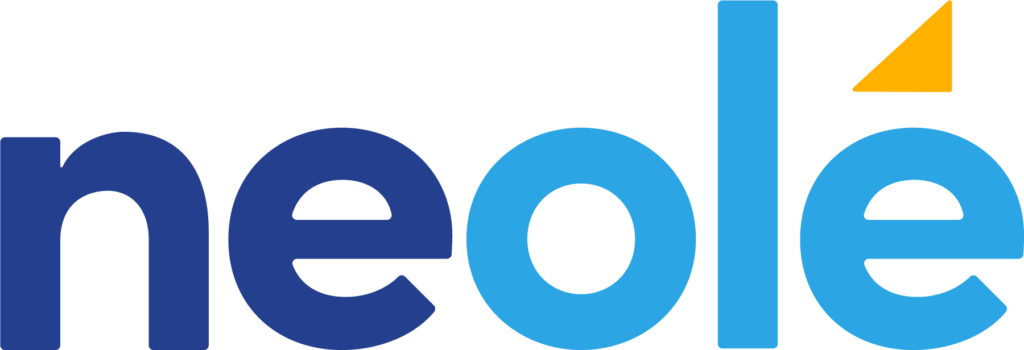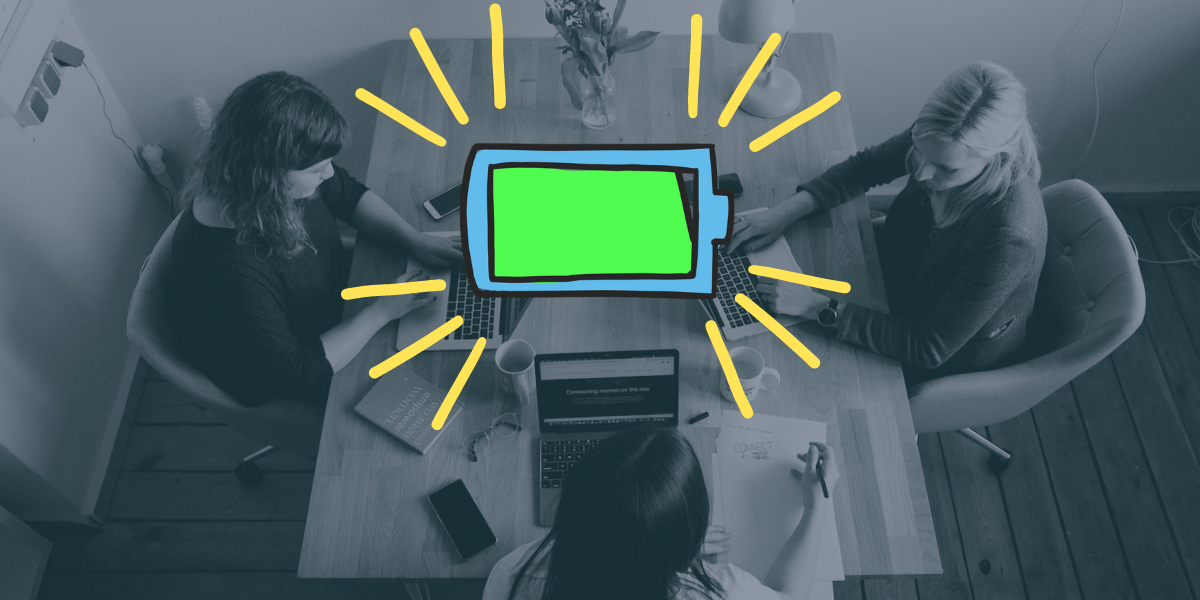In today’s fast-paced business environment, achieving a healthy work-life balance can seem like an elusive goal, especially for women in director-level positions. Balancing professional responsibilities with personal life can often feel overwhelming. However, it’s essential to distinguish between work-life balance and the role of energy in maintaining overall well-being.
Work-Life Balance: A Traditional Perspective
Traditionally, work-life balance is viewed as an equal distribution of time between work and personal activities. However, this concept can be misleading. The idea is to create a harmonious integration of work and personal life, rather than an equal split of hours. For instance, many women in leadership roles actually enjoy their work-life (at least some aspects of it!) but they find themselves constantly juggling work duties with personal responsibilities such as caring for children or aging parents. This balancing act often leads to a significant amount of stress and increases the likelihood of burnout.
The Opposite of Work-Life Balance is Work-Life Conflict
When defining work-life balance, it helps to identify its opposite: The opposite of work-life balance Is actually work-life conflict. Work and life are in conflict when work demands negatively impact other parts of life, or vice versa.
How you feel about the relationship between work and life is what matters most. Do they feel like they support each other, or are work and life competing for your energy and attention?
At Neolé, we believe that the worst type of work-life conflict is when work demands or work stress negatively impact your health.
Case Studies: Real-Life Examples
To illustrate the difference between work-life balance and work-life conflict, let’s look at a few real-life examples:
Case Study 1: The Dedicated Executive
Sam is a committed executive at a rapidly growing company. He often works late into the night, sending emails at 2 AM. Despite his dedication, he faces several personal challenges: caring for his mother with dementia, preparing for marriage, and planning to have a child. Unfortunately, he is at high risk for a stroke which adds another layer of complexity. Sam’s company recognizes his value and wants to support him, so they brought in a wellness coach to help him develop self-care habits that will lower his stroke risk, increase his energy for all the responsibilities he juggles, and ultimately make it more likely that he will continue his high performance and dedication to the company’s success.
Case Study 2: The Overwhelmed Manager
Another example is a manager at a financial institution who leads a team of 150 people. When his boss had a stroke, he inherited additional responsibilities. Despite the lack of institutional support for well-being, he took it upon himself to maintain his health by establishing clear work-life boundaries and self-care strategies.
Case Study 3: The Burnout Leader
A woman in a leadership position was nearing burnout due to the combined pressures of her job and personal responsibilities. She wanted to take a stress leave, but her boss had been diagnosed with a brain tumor and her team was already experiencing a lot of turnover, so she felt an immense responsibility to stay to support her boss as well as her team. Eventually, the stress led her to quit her job entirely. As a result, the company suffered multiple losses that affected both profit, productivity and morale.
The most common advice you hear in relation to work-life balance is the following:
- Limit commitments
- Manage expectations
- Set boundaries
- Use vacation time and sick days
- Learn to say no
- Communicate your limits – communicate the need for resources (i.e. more staff)
This is all great advice, if the real problem is that your time is limited. But what if an important part of the problem that is causing work and life to be in conflict instead of being in balance has to do with your ability to replenish your energy?
The Role of Energy: A Holistic Perspective
Understanding the role of energy provides a more practical approach to managing work and life. Unlike time, which is finite, energy can be replenished and managed. There are four types of energy to consider: physical, emotional, intellectual, and social. Each type of energy is crucial for maintaining a healthy and productive life.
Physical Energy: This includes activities that keep your body healthy, such as exercise, adequate sleep, and proper nutrition.
Emotional Energy: This enables people to maintain mental health and makes it easier to have positive relationships with others even when differences arise.
Intellectual Energy: This allows you to be truly engaged in your work, and you have opportunities to contribute in ways that feel significant and that use your cognitive skills, knowledge and talents.
Social Energy: This is how connected we are to other people at a personal level in order to build a foundation of trust.
Strategies for Managing Energy
To achieve a sustainable work-life balance, it’s essential to focus on managing energy effectively:
- Set Clear Boundaries: Define work hours and personal time. This helps in creating a mental separation between work and home, even if you work from home.
- Prioritize Self-Care: Explore our Six Strategies for Self-Care to recharge your physical and emotional energy.
- Leverage Support Systems: Build a strong support network both at work and home. This includes delegating tasks and asking for help when needed.
- Engage in Meaningful Work: Align your professional tasks with your personal values and passions. This can transform work from a draining activity to one that energizes and motivates you.
Understanding Work-Life Balance Types
It can also help to understand that there are different types of work-life balance that suit different people at various stages of life and depending on what’s most important to them at any given time.

- Complete Separation: Keeping work and personal life as separate as possible.
- Complete Integration: Blending work with personal life, often seen in entrepreneurial roles, and passion-driven careers.
Self-reflection opportunity: Where do you sit on the separation-integration axis? Is that by choice or by default?
- Work-Centric: Dedicating more time and energy to work. Often the right fit for career-driven individuals who enjoy work.
- Life-Centric: Dedicating more time and energy to aspects of life that are not work-related. Often a good fit for people with many interests or personal responsibilities.
Self-reflection opportunity: Where do you sit on the work-centric vs life-centric axis? Is that by choice or by default?
Many aspects come into play when deciding what type of work-life balance is best for you: Financial goals, parenting goals, social interests, caregiving responsibilities, career goals, personal and professional development goals, etc.
When you know what type of work-life balance is the best fit for you at the current stage of life you are in, it becomes easier to make the right steps regarding career opportunities and life decisions. It’s also easier to communicate your needs to your employers and family members.
Creating a Balanced Environment
Work-life balance isn’t just an individual’s responsibility; it requires a supportive work environment. Employers should foster a culture that values well-being. There are common strategies such as:
- Encouraging Flexibility: Allow flexible work hours and remote work options to help employees manage their personal and professional lives more effectively.
- Providing Resources: Offer resources such as counseling services, wellness programs, and professional development opportunities focused on well-being.
- Promoting Open Communication: Encourage open dialogues about work-life balance and energy management. Employees should feel comfortable discussing their needs and challenges.
But these are not quite enough. In our free e-book “From Exhaustion to Balance” we outline the common mistakes that workplaces and leaders are making in their approach to workplace wellness. Download your free copy here.
In conclusion, achieving work-life balance goes beyond merely dividing time between work and personal life. It involves managing energy effectively across different aspects of life. For women in director-level positions, learning how to increase your energy (physical, social, emotional, and intellectual energy) enables you to do more with your time, leading to improved well-being and a better sense of balance.
Wondering what is draining your energy? Take this quick quiz to discover your #1 Energy Drain.
Ginny Santos MSc. CEO, Well-being Advocate, and Adjunct Professor.







